Some animals look harmless or even cute, but appearances can be deceiving. Many creatures possess hidden dangers, from venomous bites to powerful defenses, that make them far more dangerous than they seem. In this listicle, we’ll explore 13 animals that are far more dangerous than they appear, highlighting their surprising traits and the risks they pose to humans and other animals.
1. The Slow Loris
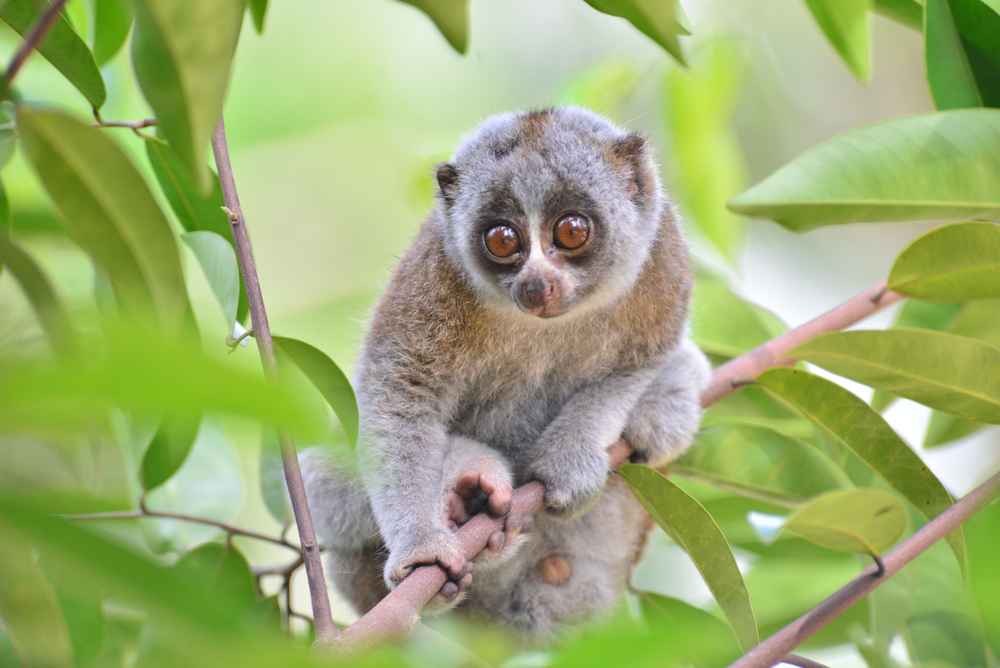
The slow loris is a small, nocturnal primate with big, round eyes and a seemingly gentle demeanor. However, this adorable creature is one of the few venomous mammals in the world. The slow loris produces a toxin in glands near its elbows, which it mixes with saliva to create a venomous bite. This venom can cause severe pain, swelling, and even anaphylactic shock in humans, according to National Geographic. Despite their cute appearance, slow lorises are not suitable as pets and are often victims of the illegal wildlife trade.
In addition to their venom, slow lorises have a strong grip and sharp teeth, which they use to defend themselves against predators. Their slow movements and large eyes make them appear harmless, but they are capable of delivering a dangerous bite when threatened. Conservation efforts are underway to protect slow lorises from habitat loss and poaching. These animals are a reminder that even the cutest creatures can have hidden dangers.
2. The Blue-Ringed Octopus
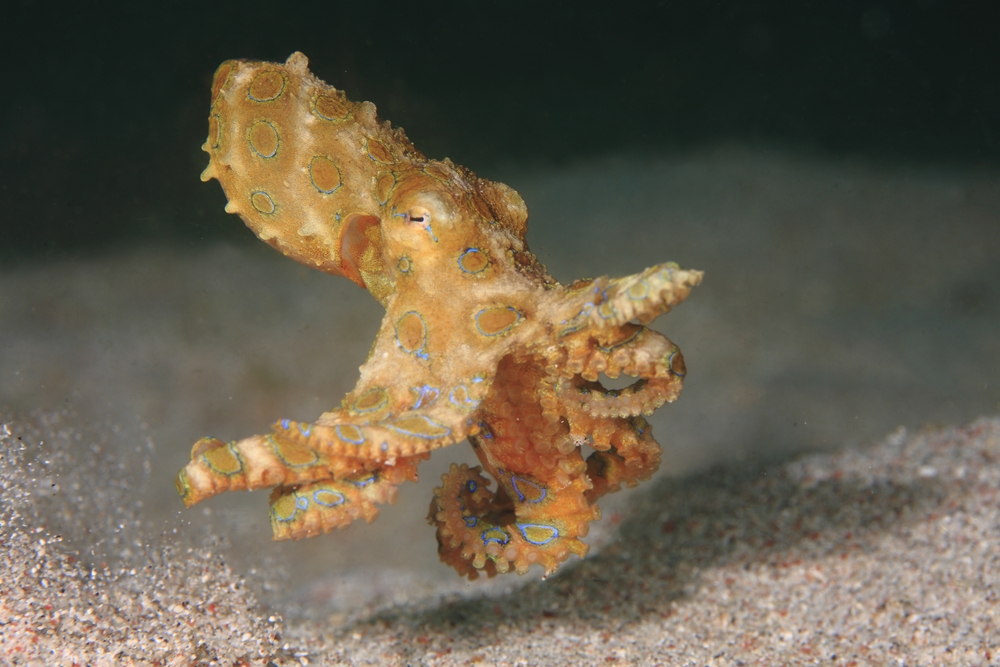
The blue-ringed octopus is a small, colorful marine creature found in the Pacific and Indian Oceans. Despite its tiny size, this octopus is one of the most venomous animals in the world. Its venom contains tetrodotoxin, a potent neurotoxin that can cause paralysis and death in humans. The blue-ringed octopus is not aggressive, but it will bite if provoked or handled, according to the Australian Museum.
What makes this creature particularly dangerous is that its bite is often painless, and symptoms may not appear until it’s too late. There is no known antidote for its venom, making it a serious threat to swimmers and divers. The blue-ringed octopus is a master of camouflage, blending seamlessly into its surroundings. Its vibrant blue rings only appear as a warning when it feels threatened. This tiny but deadly animal is a reminder of the hidden dangers lurking in the ocean.
3. The Poison Dart Frog
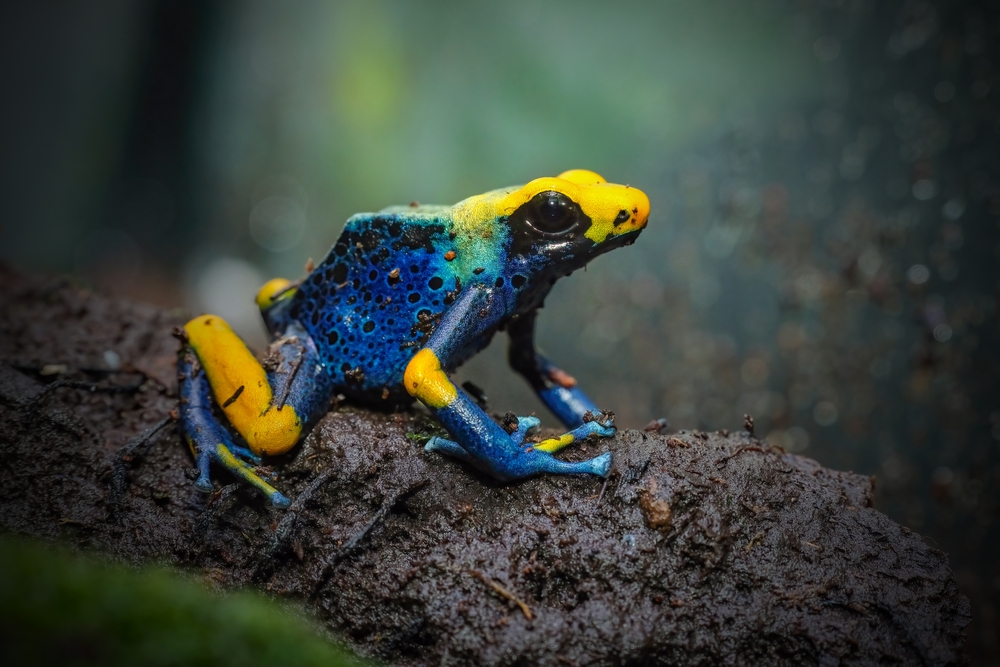
Poison dart frogs are small, brightly colored amphibians found in Central and South America. Their vibrant hues serve as a warning to predators that they are highly toxic. Some species of poison dart frogs produce enough venom to kill 10 adult humans, according to National Geographic. Indigenous tribes have historically used their toxins to coat the tips of blow darts for hunting.
Despite their small size, poison dart frogs are incredibly dangerous. Their toxins can cause paralysis, heart failure, and death if ingested or absorbed through the skin. Interestingly, their toxicity is derived from their diet of ants and other insects in the wild. In captivity, where their diet is controlled, they lose their toxicity. These frogs are a striking example of how beauty and danger can coexist in nature.
4. The Cone Snail
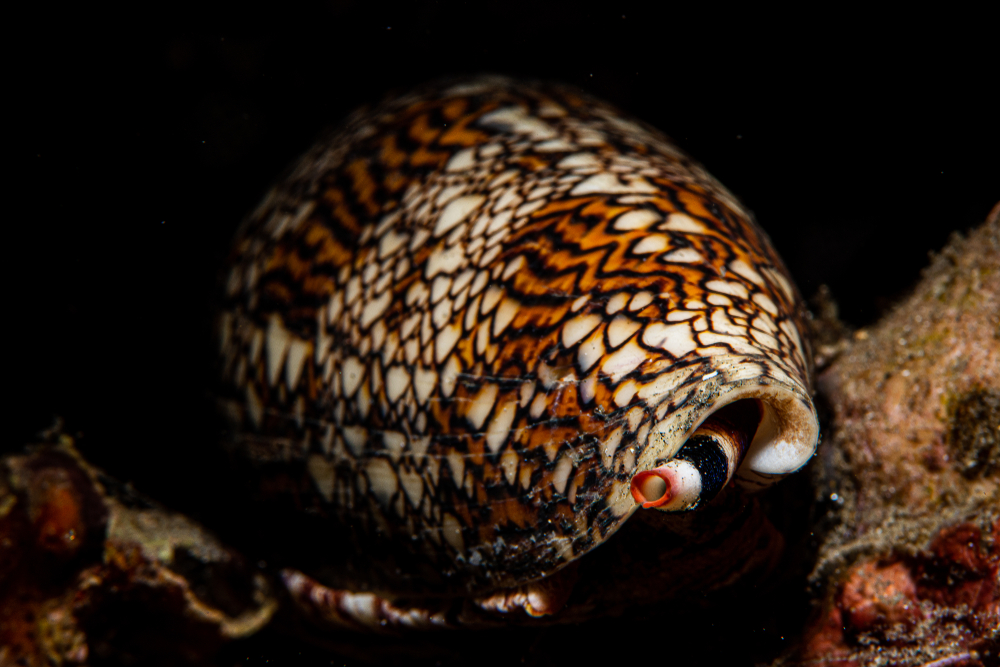
The cone snail is a marine mollusk known for its beautifully patterned shell. However, this seemingly harmless creature is one of the most dangerous animals in the ocean. Cone snails use a harpoon-like tooth to inject venom into their prey, which can also be fatal to humans. Their venom contains a complex cocktail of toxins that can cause paralysis, respiratory failure, and death.
What makes cone snails particularly dangerous is that their venom has no known antidote. Symptoms of a cone snail sting can appear within minutes, and medical attention is required immediately. Despite their deadly nature, shell collectors highly seek cone snails. These creatures are a reminder that even the most beautiful marine animals can pose a serious threat.
5. The Moose
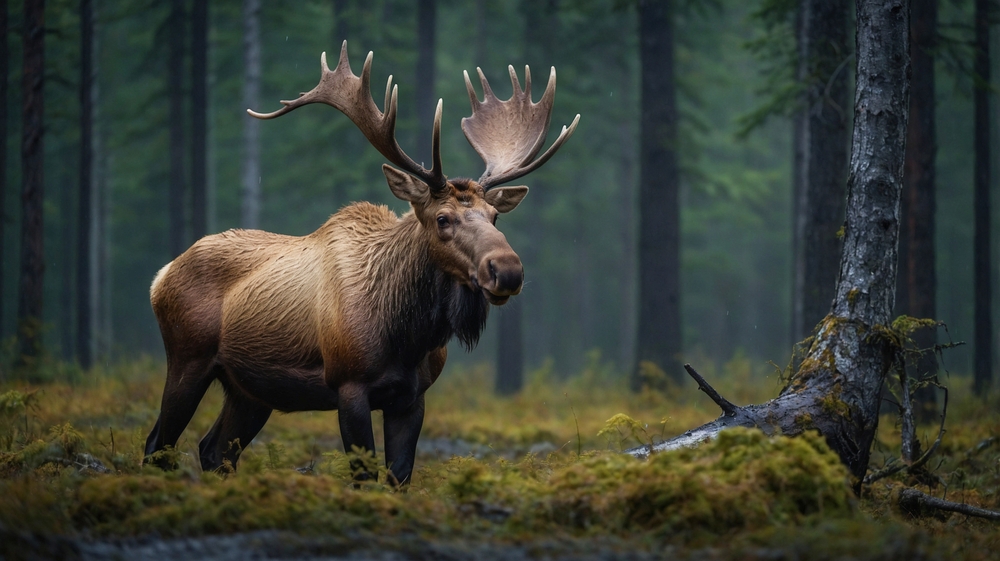
Moose are often seen as gentle giants but can be incredibly dangerous, especially during mating season or when protecting their young. Weighing up to 1,500 pounds, moose are the largest members of the deer family and can inflict serious injury with their powerful legs and sharp hooves, according to the Alaska Department of Fish and Game. They are also surprisingly fast, capable of running at speeds of up to 35 miles per hour.
Moose are known to charge at humans if they feel threatened, and their size and strength make them difficult to deter. In addition to their physical power, moose can become aggressive if they are startled or provoked. Encounters with moose are particularly common in areas where human activity overlaps with their natural habitat. These animals are a reminder that even seemingly docile wildlife can be dangerous.
6. The Platypus
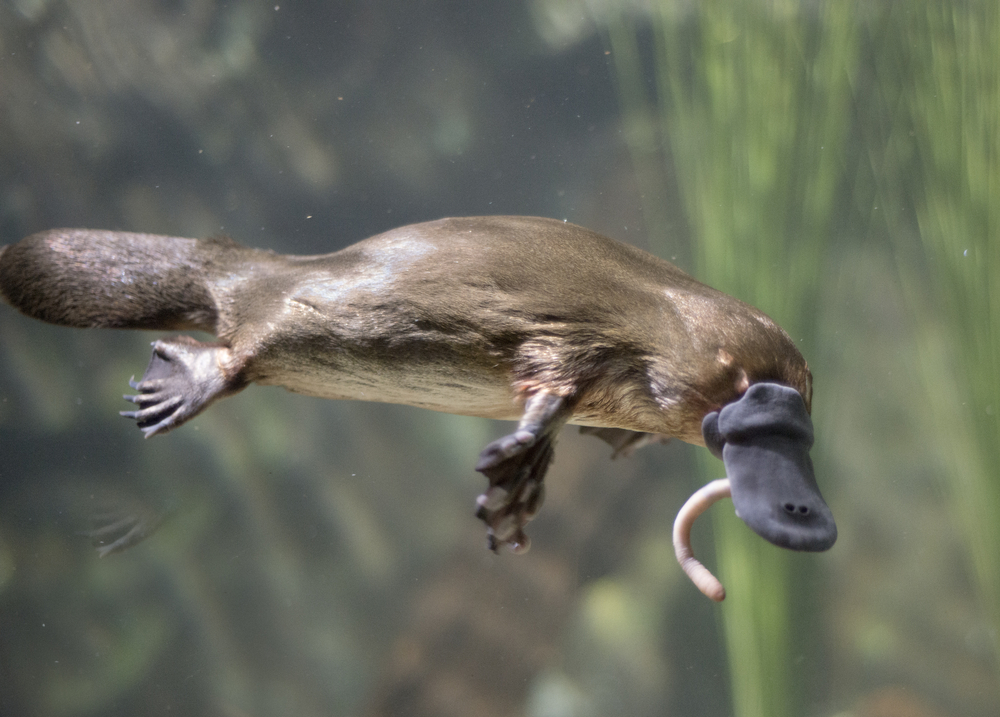
The platypus is a unique and seemingly harmless mammal found in Australia. However, male platypuses possess venomous spurs on their hind legs, which they use to defend themselves against predators or rivals. The venom is not lethal to humans but can cause excruciating pain and swelling. Platypuses are one of the few venomous mammals in the world, making them far more dangerous than they appear.
Despite their unusual appearance, platypuses are highly adapted to their aquatic environment. They use their sensitive bills to detect prey in the water, and their webbed feet make them excellent swimmers. The platypus is a fascinating example of how evolution can produce unexpected traits. These creatures are a reminder that even the most unusual animals can have hidden dangers.
7. The Africanized Honey Bee
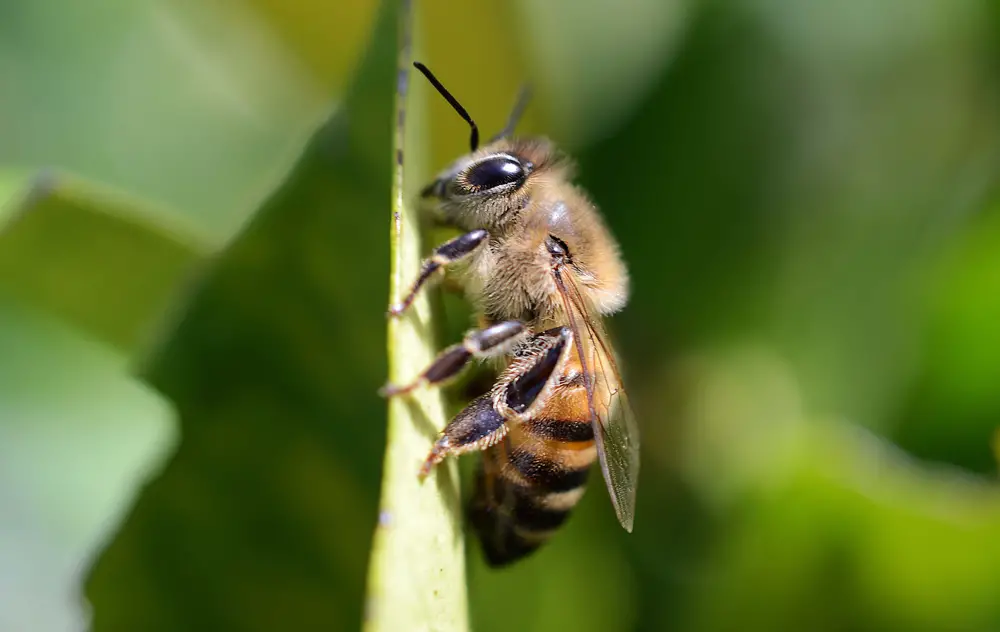
Africanized honey bees, also known as “killer bees,” are a hybrid species known for their aggressive behavior. They are easily provoked and will attack in large numbers if they perceive a threat. Their venom is no more potent than that of regular honey bees, but their sheer numbers make them far more dangerous. Africanized honey bees have been known to chase humans for long distances, leading to serious injuries or even death.
These bees are a result of crossbreeding between African honey bees and European honey bees. They are highly adaptable and have spread throughout the Americas since their introduction in the 1950s. Africanized honey bees are a reminder of the unintended consequences of human interference in nature. Their aggressive behavior makes them a significant threat to both humans and animals.
8. The Box Jellyfish
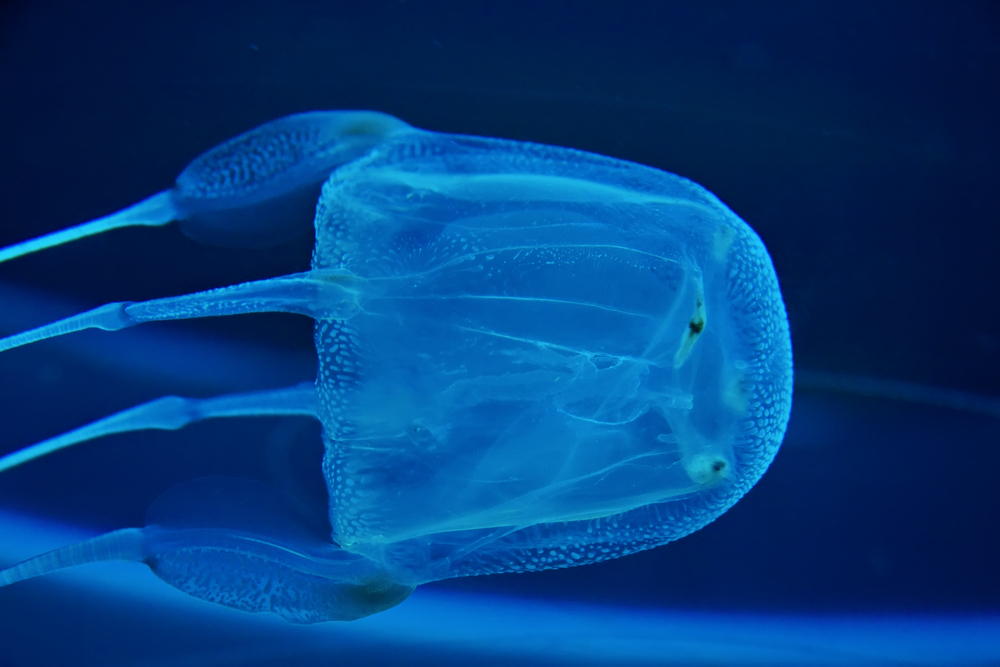
The box jellyfish is one of the most venomous creatures in the ocean, capable of delivering a sting that can be fatal to humans. Found in the waters of the Indo-Pacific region, this jellyfish is named for its cube-shaped bell. Its tentacles are covered in thousands of tiny, venom-filled stinging cells that can cause heart failure, paralysis, and death within minutes.
What makes the box jellyfish particularly dangerous is its transparency, which makes it difficult to spot in the water. Swimmers and divers are often unaware of its presence until it’s too late. There is an antivenom for box jellyfish stings, but immediate medical attention is crucial for survival. These creatures are a reminder of the hidden dangers that lurk in the ocean.
9. The Pufferfish
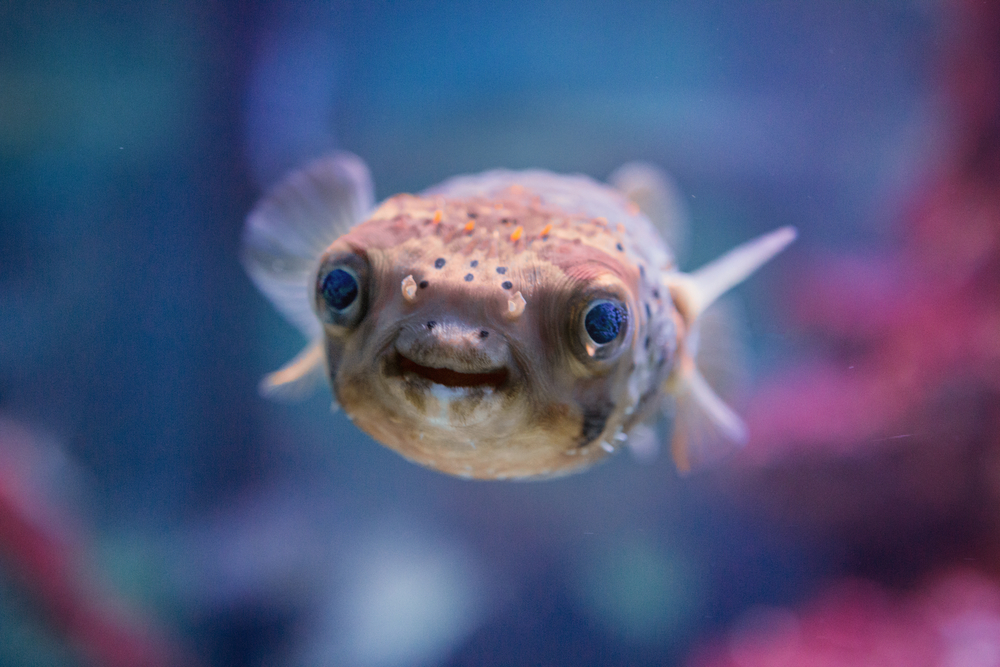
Pufferfish are known for their ability to inflate their bodies when threatened, making them appear larger and more intimidating. However, their real danger lies in their toxicity. Pufferfish contain tetrodotoxin, a potent neurotoxin that is up to 1,200 times more poisonous than cyanide. This toxin can cause paralysis, respiratory failure, and death if ingested.
Despite their toxicity, pufferfish are considered a delicacy in some cultures, particularly in Japan, where they are prepared as fugu. Only licensed chefs are allowed to prepare this dish, as even a small mistake can be fatal. Pufferfish are a reminder that even the most unassuming animals can pose a serious threat. Their unique defense mechanisms and deadly toxins make them one of the most dangerous creatures in the ocean.
10. The Cassowary
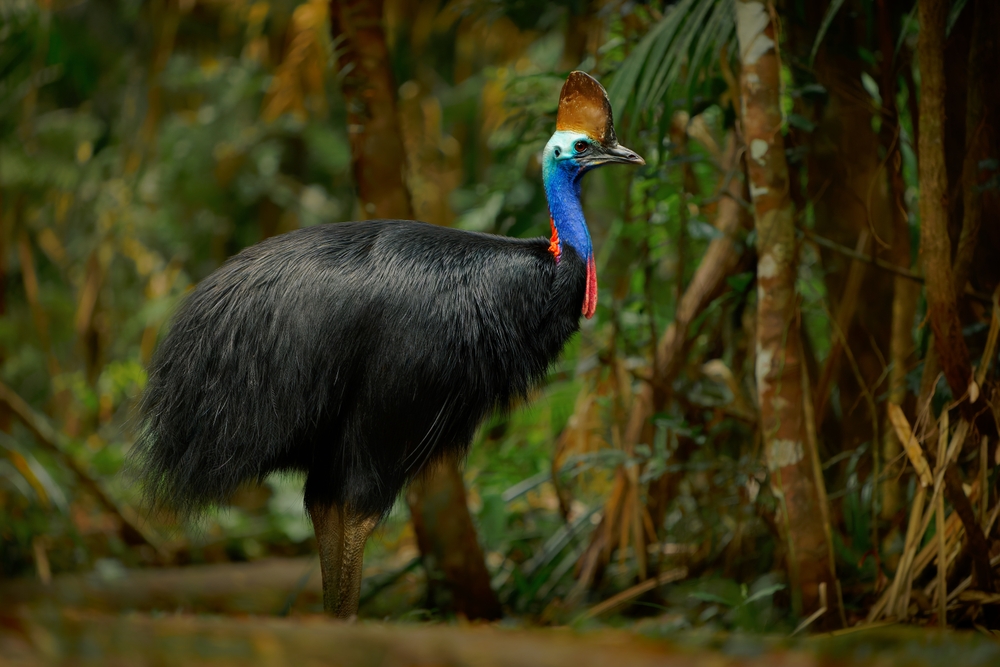
The cassowary is a large, flightless bird found in the rainforests of Australia and New Guinea. Known for its striking appearance and vibrant colors, the cassowary is often referred to as the “world’s most dangerous bird.” It possesses sharp, dagger-like claws on its feet, which it uses to defend itself against predators or threats. Cassowaries are capable of inflicting serious injuries, including deep lacerations and broken bones.
Despite their fearsome reputation, cassowaries are generally shy and avoid human contact. However, they can become aggressive if they feel threatened or if their territory is invaded. Cassowaries play a vital role in their ecosystem by dispersing seeds through their droppings. These birds are a reminder that even seemingly docile animals can be dangerous when provoked.
11. The Stonefish
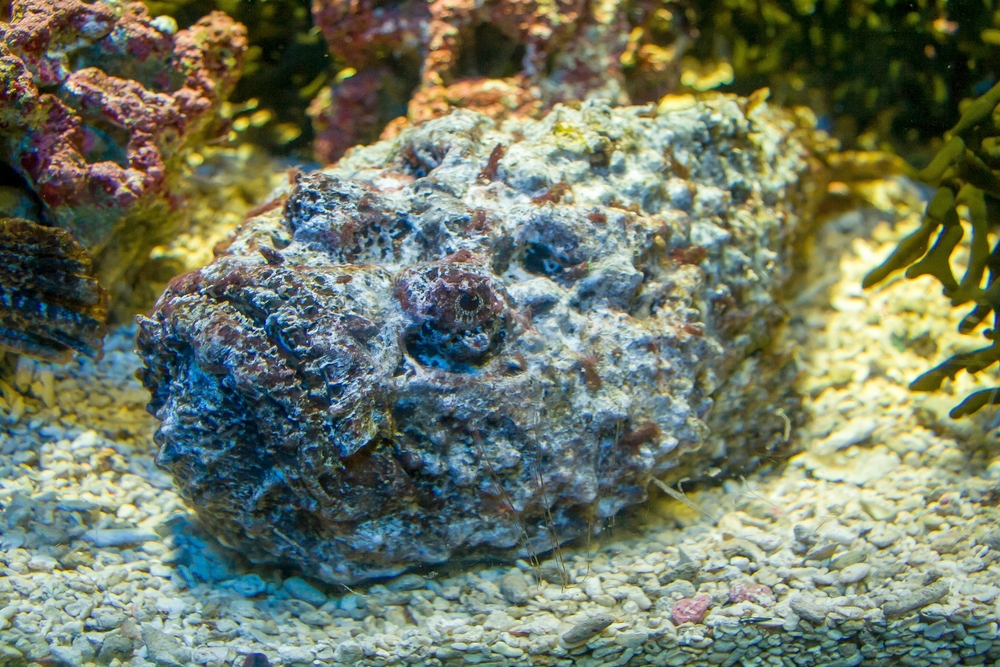
The stonefish is a master of camouflage, blending seamlessly into its surroundings on the ocean floor. Found in the Indo-Pacific region, this fish is the most venomous in the world. Its dorsal fins contain sharp spines that deliver a potent venom capable of causing excruciating pain, tissue necrosis, and even death. Stonefish stings require immediate medical attention, and antivenom is available to counteract the effects.
Despite their dangerous nature, stonefish are not aggressive and will only sting if stepped on or handled. Their ability to remain motionless and blend into their environment makes them a hidden threat to swimmers and divers. Stonefish are a reminder of the importance of being cautious in unfamiliar waters. Their venomous spines and camouflage make them one of the ocean’s most dangerous creatures.
12. The African Lion
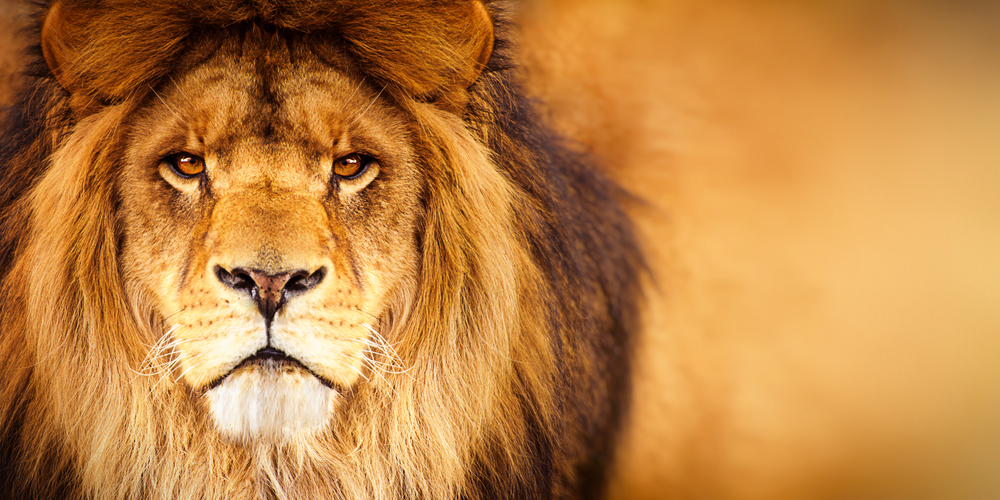
African lions are often seen as majestic and regal, but they are also one of the most dangerous predators in the world. Found in the savannas and grasslands of Africa, these big cats are apex predators capable of taking down large prey like wildebeest and buffalo. Lions are highly territorial and will defend their pride against any perceived threat, including humans.
While attacks on humans are relatively rare, they can be fatal when they occur. Lions are particularly dangerous when they are hungry or when their natural prey is scarce. Conservation efforts are underway to protect lions from habitat loss and poaching. These animals are a reminder of the power and unpredictability of nature.
13. The Mosquito
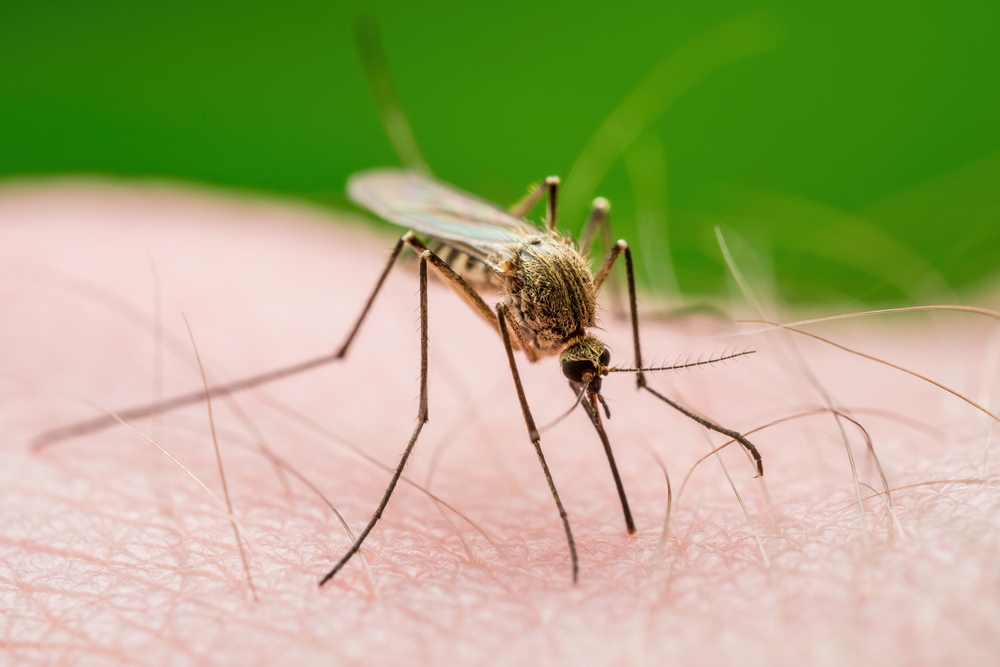
Mosquitoes may seem like nothing more than a nuisance, but they are one of the deadliest animals in the world. These tiny insects are vectors for diseases like malaria, dengue fever, Zika virus, and West Nile virus, which kill millions of people each year. Mosquitoes are found in almost every part of the world, making them a global threat to human health.
Despite their small size, mosquitoes are highly effective at spreading disease. They feed on the blood of humans and animals, transmitting pathogens in the process. Efforts to control mosquito populations include the use of insecticides, mosquito nets, and vaccines. Mosquitoes are a reminder that even the smallest creatures can have a significant impact on human life.
